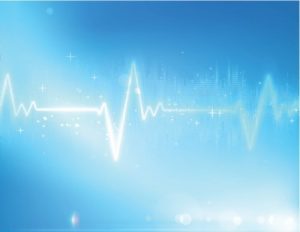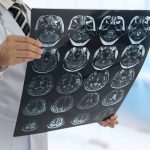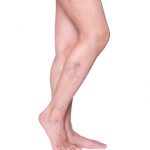 The weekly health news features articles on tachycardia treatment, using essential oils for TMJ, difference between stroke and seizure, poor circulation in legs and difference between ischemic and hemorrhagic stroke.
The weekly health news features articles on tachycardia treatment, using essential oils for TMJ, difference between stroke and seizure, poor circulation in legs and difference between ischemic and hemorrhagic stroke.
Extracts from the articles are as follows:
Tachycardia Treatment at Home: How to Treat Rapid Heart Rate Naturally
Advertisement
Tachycardia can be concerning because it signals an abnormality; however, it can be addressed with various treatments, including tachycardia treatment at home.
Tachycardia is a condition where the heart’s rhythm is unusually fast. When you experience a fast heart rate, you can be diagnosed with tachycardia. Of course, rapid heart rate can be associated with strenuous exercise, but tachycardia occurs when the heart rate is fast while you are at rest. Continue reading…
 Essential Oils for TMJ: Best Oils, Usage, and Recipes
Essential Oils for TMJ: Best Oils, Usage, and Recipes
Temporomandibular joint disorder (TMJ) is caused by misalignment of one or both temporomandibular joints in the mandible bone. The mandible is one of the largest and strongest bones in the face. It offers support for the lower jaw.
Trauma to this area or naturally misaligned bites are what causes TMJ to form. The disorder causes pain in the entire head, face, and mouth regions. It can also affect the ear and move down into the neck. The condition is associated with trouble sleeping, insomnia, and depression or depression-like symptoms. Continue reading…
 Stroke vs Seizure: Differences in Causes, Symptoms, and Treatment
Stroke vs Seizure: Differences in Causes, Symptoms, and Treatment
A stroke and a seizure are two medical events that occur in the brain. Both conditions share similar symptoms, which can make diagnosis confusing. If both are left untreated, they could lead to serious long-term damage to the brain or possibly even death.
In both stroke and seizures, there are abnormalities in the brain, but they have different origins.
A person can live with reoccurring seizures through proper treatment and management. A stroke, on the other hand, is a one-time event. If it does reoccur, it increases the risk of mortality. Continue reading…
 Poor Circulation in Legs: Causes, Symptoms, and Treatment
Poor Circulation in Legs: Causes, Symptoms, and Treatment
Poor circulation in the legs can mean that there is decreased blood flow to other parts of the body. It’s often a sign of an underlying health issue.
Advertisement
Our circulatory system has an important function. It supplies the entire body with oxygenated blood and it also delivers nutrients, hormones, and medications to various tissues. If you have poor circulation, it can impact your overall health. Proper circulation is important, especially when we talk about the legs. Poor leg circulation can make it difficult for someone to perform daily activities. In many cases, someone who is suffering from poor circulation in the legs won’t be able to walk or even stand due to the level of pain. Continue reading…
 Ischemic vs Hemorrhagic Stroke: Causes, Symptoms, Treatment, and Prognosis
Ischemic vs Hemorrhagic Stroke: Causes, Symptoms, Treatment, and Prognosis
When the blood flow to an area of your brain is inhibited, you experience a stroke. The lack of blood causes your brain cells to starve for oxygen, ultimately resulting in their death. Where a stroke occurs in the brain determines what kind of damage will occur.
There are several different types of stroke including ischemic stroke, where blood supply is cut off from the brain; hemorrhagic stroke, where bleeding occurs in the brain; and a transient ischemic stroke, also known as a mini-stroke, where symptoms occur for a shorter period and blood loss to the brain is temporary. Continue reading…
